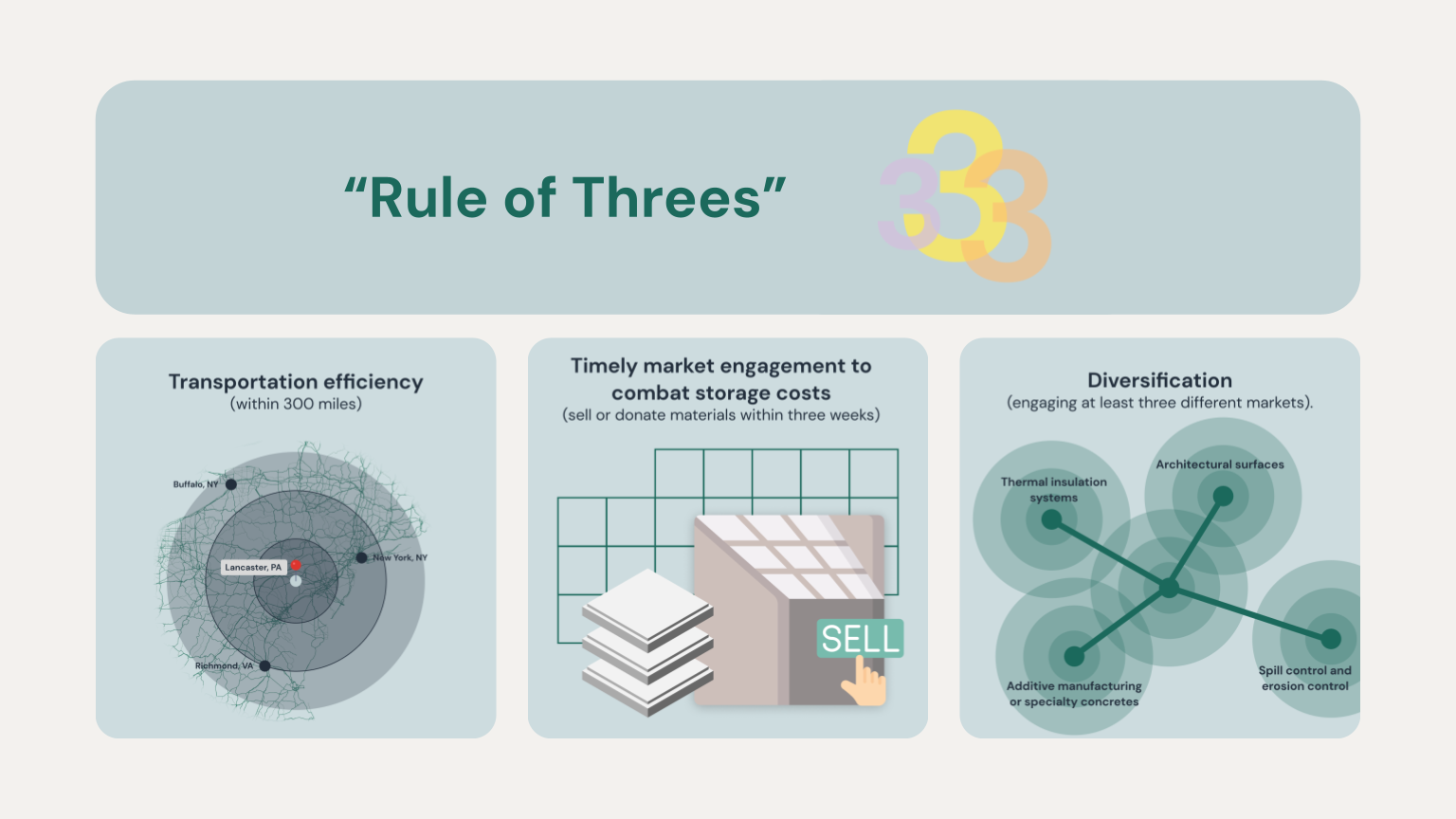BETA Launch at MIT
To meet the demand expressed by campus staff and researchers seeking efficient property reuse and material exchange, Rheaply partnered with MIT’s Office of Sustainability, Office of Facilities Management, Office of the Vice President for Finance, and the Office of Environmental Health & Safety in the fall of 2019.
Rheaply’s resource exchange was recognized by key faculty and staff as an opportunity to (1) grow a high level of reuse through resource connectivity between researchers and managers of MIT renovation projects, and (2) as a platform to avoid double purchasing and enable cross-departmental resource sharing on campus, key pillars linked to MIT’s Climate Action Plan.
Operational Revenue: ~ $3.9 billion
Industry: Higher education
Total assets: $4 billion
Number of employees/students: ~24,400
Beta launch pilot users: 897
Our immediate success
The beta launch period quantitatively demonstrated cost savings, waste diversion impact, and EVPT resource collaboration, improving campus material management of available resources and adhering to campus goals for climate change mitigation.
Key performance indicators
- Reduce double purchasing
- Promote circularity
- Asset discoverability & cataloging
- Streamline reuse efforts
We recognized that if we’re going to use Rheaply… let’s use it institute-wide.
Brian Goldberg
Director of Sustainability, MIT
Project objectives
Campus-wide platform to scale reuse and the circular economy. Through increased visibility and redeployment of surplus resources, Rheaply’s technology aimed to:
- Develop a robust data-base of material exchange metrics to understand material flows of MIT property reuse, in order to quantitatively demonstrate impacts and inform campus material management planning.
- Improve existing systems for tracking MIT property, and control the re-use of hazardous or uniquely sensitive lab equipment.
Rheaply’s Asset Exchange Manager would further create a reporting dashboard for MIT administration to track capital expenditures and resource waste reduction by location, meaning the tool can be closely monitored against MIT’s greenhouse gas emission reduction goal.
Future Use Case: Access Control
Creating a more efficient and secure marketplace at MIT
Campuses are prone to waste because of operational inefficiencies in the procurement process and strict legislation around resource sharing. As the Rheaply platform enables departmentally-aligned location and campus sharing, this naturally leads to better assets and offer discoverability across silos.
One future change well underway is a concept called Asset Control, which will allow MIT users and/or administrators to control who sees AxM posts based on user attributes and permissions. These permissions may be student or faculty members, lab teams, departments, or based on categories.
- By allowing users and admins to customize how they share posts, this will unlock a new asset class (secure assets/exchanges) and create distinct posting permissions, for example: I only want people in my building/team/department to use/purchase the asset.
- I want people in my building/team/ department to have the first opportunity to use/purchase the asset, then I can open it up to the wider community.
- The post is sensitive material that only certain buildings/teams/departments are permitted to have access to.
Rewarding Reuse Heroes
A long term goal is to use Rheaply’s technology for an incentive program within organizations to automatically assign points to user actions that align with valuable business objectives: procurement savings, reducing waste, and increasing internal collaboration/coordination.

 by Courtney Newman
by Courtney Newman 

 by Jenn Kloc
by Jenn Kloc